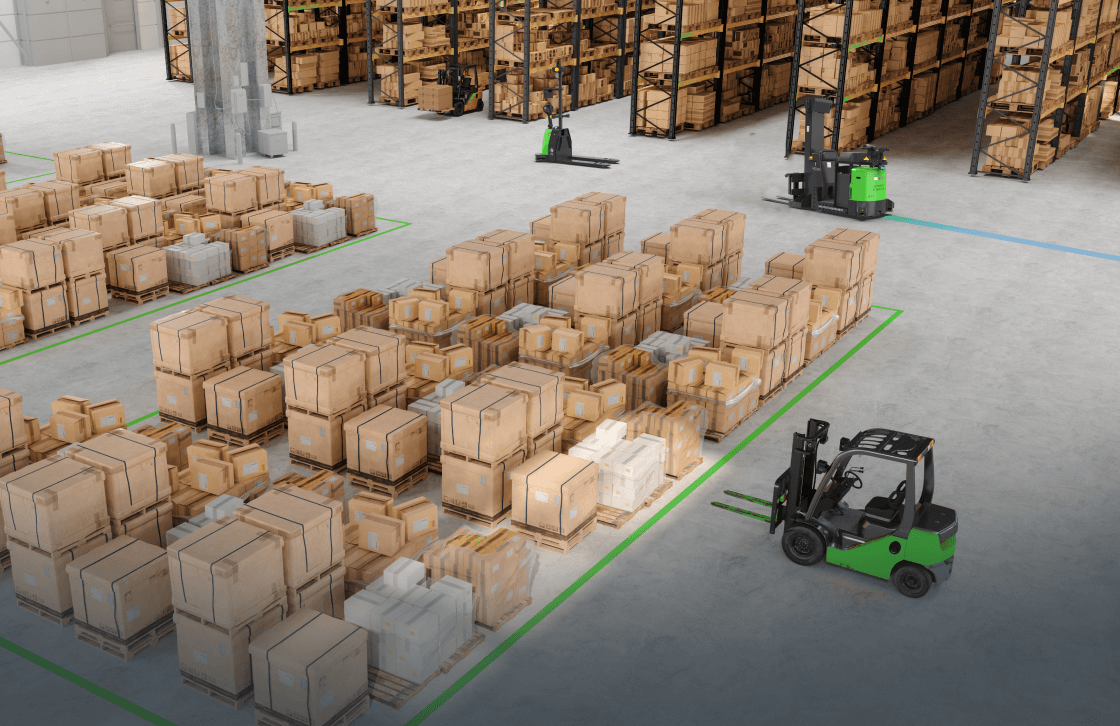Daniel Theobald, founder and CIO of Vecna Robotics, was named a 2021 Pro to Know by Supply and Demand Chain Executive (SDEC). Out of hundreds vetted for the annual award, only a handful of industry executives were recognized for achieving excellence in the supply chain industry. Theobald spoke with Mackenna Moralez of SDCE about common misconceptions of automation, why robots cannot successfully replace humans, and the future of a combined workforce.
Watch the full interview below or at SDCE to hear Theobald discuss these topics and more.
Robots cannot do it alone.
Over the last decade, consumer demands have rapidly shifted. The modern shopper is accustomed to pressing a button on their phone and receiving their package nearly immediately – “Like Magic” Theobald says. He believes robotic technology is key to meeting the incredibly high expectations being placed on the material handling industry.
Throughout history, there has always been a drive to make our daily lives more productive. Technological progress has given rise to a better quality of work and of life. However, while there is a limit to what adding more manpower can achieve, there is also a limit to what robots can reach on their own.
“It becomes pretty clear that you can’t just throw people at these problems,” said Theobald on the need for supply chain robotics, “But, we also can’t just throw technology at these problems. Having robots replace humans isn’t ideal.”
Convenience drives innovation, innovation improves lives.
Theobald states that the goal of Vecna Robotics is to increase human prosperity by maximizing human productivity. Robotic solutions are being implemented not to replace jobs, but to improve them. As consumers demand more products and faster delivery, many material handling workers must complete repetitive, tedious tasks just to keep up. These jobs are not satisfying and are not always safe, leading to high turnover rates and labor sourcing costs.
Robots are perfect for repetitive functions, quality precision and around-the-clock work, but humans have unmatched strategic decision-making skills. Automation allows robots to do what robots do best, while providing an opportunity for employees to engage critical thinking in high-value tasks.
“Hollywood has led us to believes robots are perfect and better than humans in every way, which is so far from the truth,” says Theobald, “Humans are amazing, technology is amazing — both have unique skills. When you bring these skills together is when you have a winning team.”
Workflow Orchestration is the future of efficient, multi-agent labor.
The past year has put a great deal of pressure on supply chain leaders to adapt their strategies and prepare their networks for future disruption. Flexibility and efficiency are vital to long term success, and by orchestrating workflows and utilizing the strengths of humans and robots, both can be achieved.
Theobald describes orchestration as having the right resources in the right place, at the right time. When employed, the technology redesigns and optimizes workflows of both humans and robots to achieve maximum efficiency.
Vecna Robotics is recognized as a thought leader in this field and has developed Pivotal, an award-winning multi-agent orchestration engine. A recent study conducted on the implementation of Vecna Robotics’ AMRs showed that end-to-end orchestration of robot and human teams doubles throughput, increases accuracy and reduces injury rates.
Read more on the unique strengths of humans and robots here.






